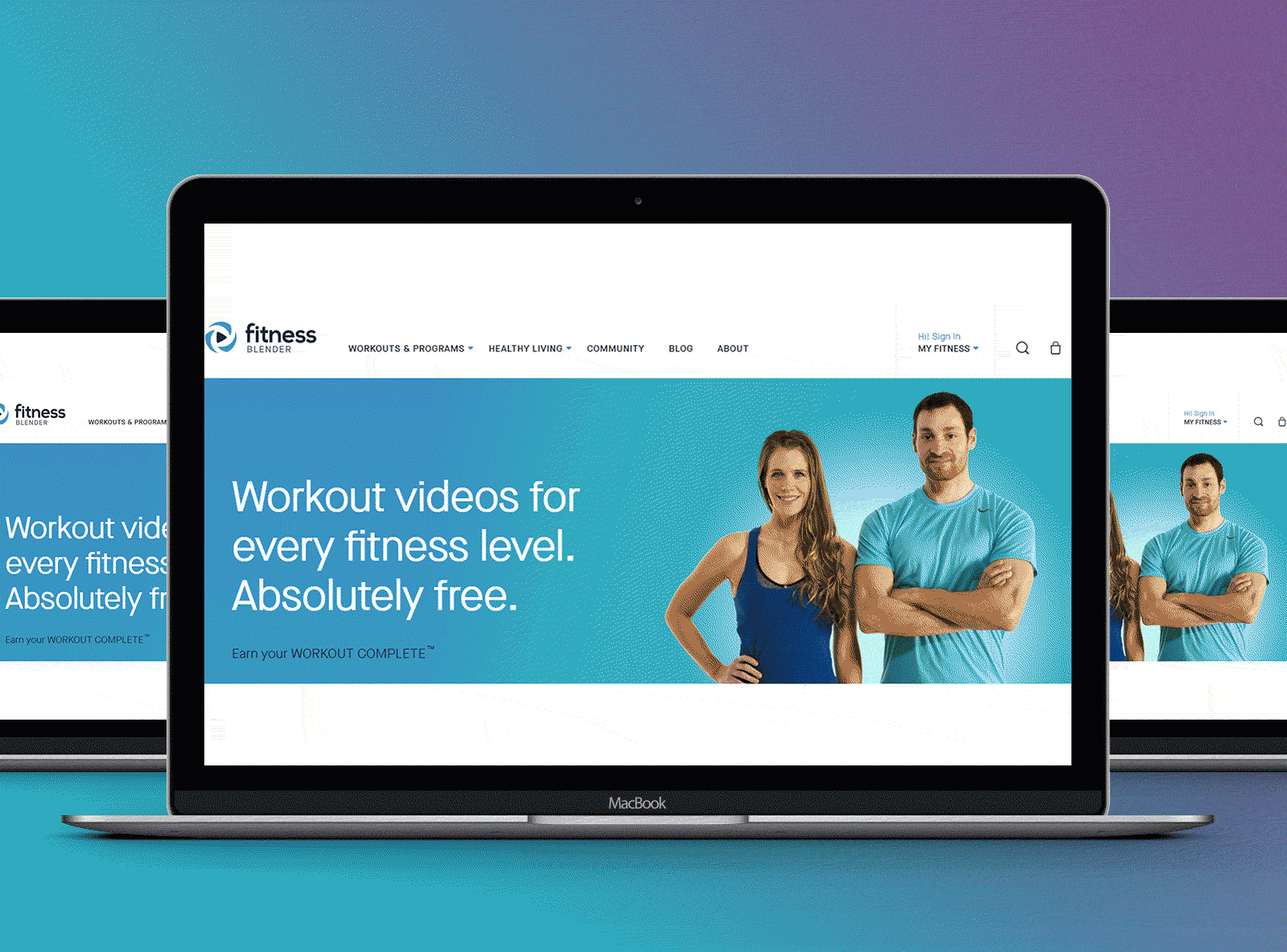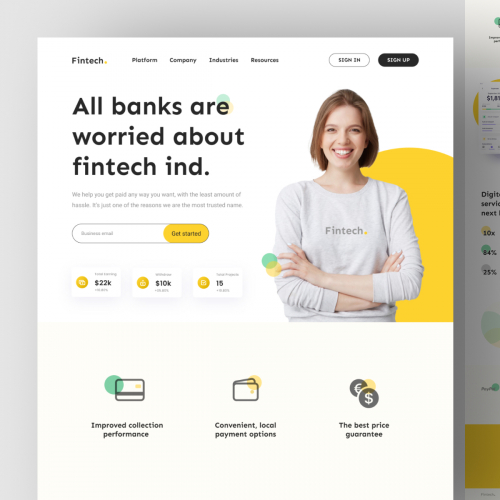The Power of User-Centered Internet Site Design in Growing Your Online Target Market
Reliable design concepts-- such as instinctive navigating and availability-- are necessary in promoting individual complete satisfaction and commitment. What approaches can companies embrace to guarantee their designs resonate with customers and inevitably drive growth?

Understanding User-Centered Layout
User-Centered Style (UCD) is an essential method to site advancement that prioritizes the needs, preferences, and actions of end customers throughout the style process. This approach emphasizes understanding customers deeply-- via study techniques such as interviews, surveys, and use screening-- to produce a web site that resonates with them. By integrating user feedback at every phase, designers can ensure that the last product straightens very closely with individual expectations.
UCD promotes repetitive design, where models are evaluated and improved based on user communications and experiences. This cycle not just enhances functionality but likewise fosters a feeling of ownership among customers, as they feel their input is valued and impactful. Furthermore, UCD helps recognize prospective obstacles and discomfort points in the customer journey, allowing developers to address these challenges proactively.
Inevitably, accepting UCD leads to websites that are much more instinctive, appealing, and efficient. By positioning customers at the facility of the design procedure, organizations can produce digital experiences that not only draw in yet likewise keep their target market, driving better satisfaction and loyalty. In an affordable on the internet landscape, this strategy is essential for achieving sustained success.
Key Principles of User Experience
An effective individual experience (UX) depends upon several crucial concepts that guide the layout process and improve communication between individuals and the internet site. Functionality is vital; the website needs to be user-friendly, permitting customers to browse conveniently and locate info swiftly. This consists of clear labeling and a logical structure that minimizes cognitive lots.
Secondly, availability plays a critical duty in making certain that all customers, no matter of their handicaps or capabilities, can successfully engage with the site. Integrating alt text for photos, keyboard navigating, and screen visitor compatibility fosters inclusivity.
Uniformity is an additional crucial concept. A natural style language, from color systems to typography, assists users construct knowledge and trust fund with the web site (Website Design). It likewise strengthens brand identity
Additionally, comments mechanisms are crucial. Individuals should obtain clear and immediate reactions to their activities, whether with aesthetic cues or verification messages, which enhances their self-confidence in navigating the site.
Last but not least, mobile responsiveness can not be ignored. With a boosting number of individuals accessing sites through mobile devices, a layout that adapts flawlessly to various display sizes is crucial for maintaining a positive customer experience.

Benefits for Online Engagement
Reliable online involvement offers numerous benefits that can significantly boost a site's general performance - Website Design. By promoting purposeful communications between customers and the website, companies can grow a devoted target market that returns with consistency. Engaged individuals are more probable to share material, therefore raising natural reach and attracting new visitors with word-of-mouth promotion
Boosted online engagement additionally results in boosted individual satisfaction. When customers find an internet site that resonates with their requirements, they are extra inclined to discover its offerings extensively, which can result in greater conversion rates. Furthermore, engaging material motivates customers to invest more time on the site, lowering bounce rates and positively influencing internet search engine ranking formulas.
Furthermore, reliable engagement offers very useful insights into individual preferences and habits (Website Design). By assessing individual communications, organizations can customize their web content and design strategies to fulfill the advancing expectations of their target market. This adaptive approach not just enhances involvement but also enhances the brand name's reputation as responsive and user-centric
Eventually, focusing on on the internet involvement through user-centered design creates a successful ecological community where both the target market and the company benefit, resulting in sustained growth and success in the digital landscape.

Methods for Efficient Design
To optimize the advantages of online involvement, utilizing certain strategies in website design is extremely important. First, instinctive navigating is essential; customers should easily discover information without complication. A well-structured menu, clear see labels, and a logical power structure boost the customer experience and lower bounce prices.
Second, responsive layout is essential in today's multi-device atmosphere. Making sure that a web site adapts perfectly to different screen dimensions cultivates access, therefore suiting a more comprehensive target market. This adaptability not just improves customer satisfaction yet additionally positively influences internet search engine positions.
Third, making use of visual hierarchy guides users' focus to necessary aspects, such as contact us to activity (CTAs) Employing contrasting shades, differing font dimensions, and tactical spacing can effectively direct users towards wanted activities, facilitating better communication.
Additionally, applying regular branding throughout all web pages develops depend on and acknowledgment. A cohesive color system, typography, and imagery strengthen brand name identity and develop a professional appearance.
Finally, maximizing loading rates is important. Customers are less most likely to engage with a slow-loading website, making performance optimization a crucial aspect of efficient layout. By incorporating these strategies, website creators can boost user experience and ultimately grow their on the internet target market.
Real-World Success Stories
Success stories in user-centered web site layout highlight the tangible benefits of prioritizing user experience. As a result, they experienced a 250% increase in on the internet donations, demonstrating exactly how an instinctive design can drive individual interaction and assistance.
An additional engaging instance is that of Airbnb, which made use of user-centered layout concepts to improve their booking process. By streamlining the individual journey and integrating individualized suggestions, they substantially reduced site abandonment rates. This focus on customer experience added to a revenue growth of over 70% in a single year, highlighting the connection in between properly designed interfaces and financial success.
Furthermore, the shopping giant, ASOS, executed individual testing to improve their mobile application. By dealing with user discomfort factors, they achieved an exceptional 30% boost in mobile sales. These examples highlight that spending in user-centered design not only boosts individual fulfillment but additionally drives tangible business outcomes, reinforcing the crucial duty of individual experience in achieving on-line growth.
Conclusion
In conclusion, user-centered web site design works as an essential approach for enhancing on-line audience engagement. By focusing on customer needs and preferences, organizations can produce instinctive and available electronic experiences that promote loyalty and drive conversions. The combination of customer feedback throughout the style process not just reduces bounce rates yet also encourages exploration. Inevitably, taking on effective user-centered layout concepts can considerably contribute to a company's success in a competitive digital landscape.
User-Centered Design (UCD) is an essential method to web web link site advancement that focuses on the needs, preferences, and actions of end users throughout the design process. By incorporating user feedback at every phase, developers next page can ensure that the last item straightens very closely with user assumptions.
An effective individual experience (UX) pivots on numerous crucial concepts that assist the style process and enhance communication in between individuals and the site.Success stories in user-centered website layout highlight the concrete benefits of prioritizing customer experience. These instances highlight that investing in user-centered design not only enhances customer contentment yet likewise drives tangible business outcomes, strengthening the important function of user experience in attaining on the internet growth.